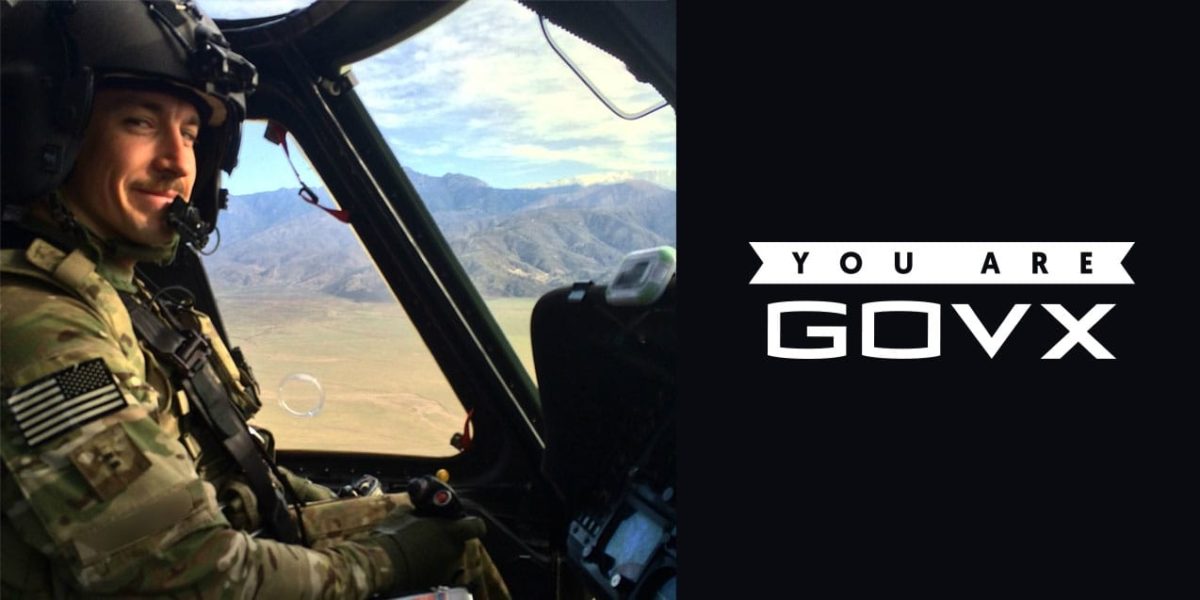
Adam has served in the US Army for seven years. He flies the UH-60 Blackhawk helicopter, and this article comes to you over the wire from Afghanistan.
When I was a kid, my grandfather took me to Lake Frederick, where we watched West Point cadets practice jumping out of Huey helicopters. We’d sit on the hood of his car for hours and watch them take off, drop the parachutists, and return in for a landing. Moments like that put the bug in me to become an aviator. I developed a sense of respect for the guys who’d pilot their helicopters expertly in and out of the LZ, and ever since then I knew I wanted to be a pilot.
So, here I am.
The process leading up to my first flight in Army flight school was daunting. There’s a ton of preparation and study before your first actual flight. We call it your “nickel ride.” It’s customary to give your instructor pilot a nickel after the flight, a little throwback to aviation heritage. And the craziest thing about my first flight was that I went to the real thing without ever touching a simulator. The sims came later for me in flight school, so my first time in the air was the real deal.

At the time I went through flight school, we used the TH-67, a Bell 206 single turbine engine helicopter. During the first flight, it’s more of a familiarization with how the aircraft reacts to control inputs, and it’s also an opportunity for the instructor pilot to show off a bit. After the first flight, I knew that I had made the right choice and that all my hard work to get to that point was finally coming to fruition. The second flight is when the students really start taking the controls and the learning curve is steep. I remember being at one of the many stage fields surrounding Fort Rucker, AL when my IP transferred me the controls at a rock-solid hover. As soon as I took them we started oscillating back and forth like a pendulum as I over-controlled the aircraft. I’m talking 20 feet in any direction. I’d get it to the point of nearly losing control and he’d take them back, stabilize us like it was nothing at all, and hand the aircraft back to me, only for me to screw it all up again. It took me a good 15 hours before I could hold a steady hover and I beat myself up every day for it. I’m something of a perfectionist, so not getting it the first time was a little deflating.
I’m writing this from Afghanistan, where I’m just now winding down a deployment. Every day I fly, there are people—adults and children alike—who wave at us and smile. I think there are a lot of people in this country who, despite what you may read elsewhere, are looking for a sense of unity and understand that our presence here is assisting their military and government to bring that to them.
Early on in this deployment, we had a rash of incidences where children would stand on a hill throwing rocks at our aircraft. I’m talking rocks large enough to crack our windshields or damage our rotor blades. Some of these kids could really throw, too. We didn’t attribute it to anything hostile and viewed it mostly as kids in a third-world country entertaining themselves, as kids all over the world might do. But it was a problem we needed to sort out all the same.
We called our solution Candy Ops.
As we were short final into the LZ, we’d have our second aircraft break off, slow to a near hover, and drop a box stuffed full of candy 100 feet or so away from the kids. They’d scramble off the hill and you’d see a giant brawl as they all clamored for the goodies.
Shortly after that, the rocks stopped and the kids were happy.

When you consider the fact that Americans have been here for 15 years, you realize that many of the people here have literally grown up with our presence through most, or all of their lives. I’m sure that has shaped their opinion of us. Whether that opinion is positive or negative depends greatly on their dealings with us, but we make every effort to positively impact those whom we encounter.
If dropping candy out of a helicopter works to achieve that goal, then consider my work here done.


